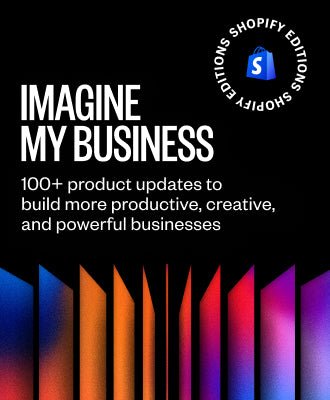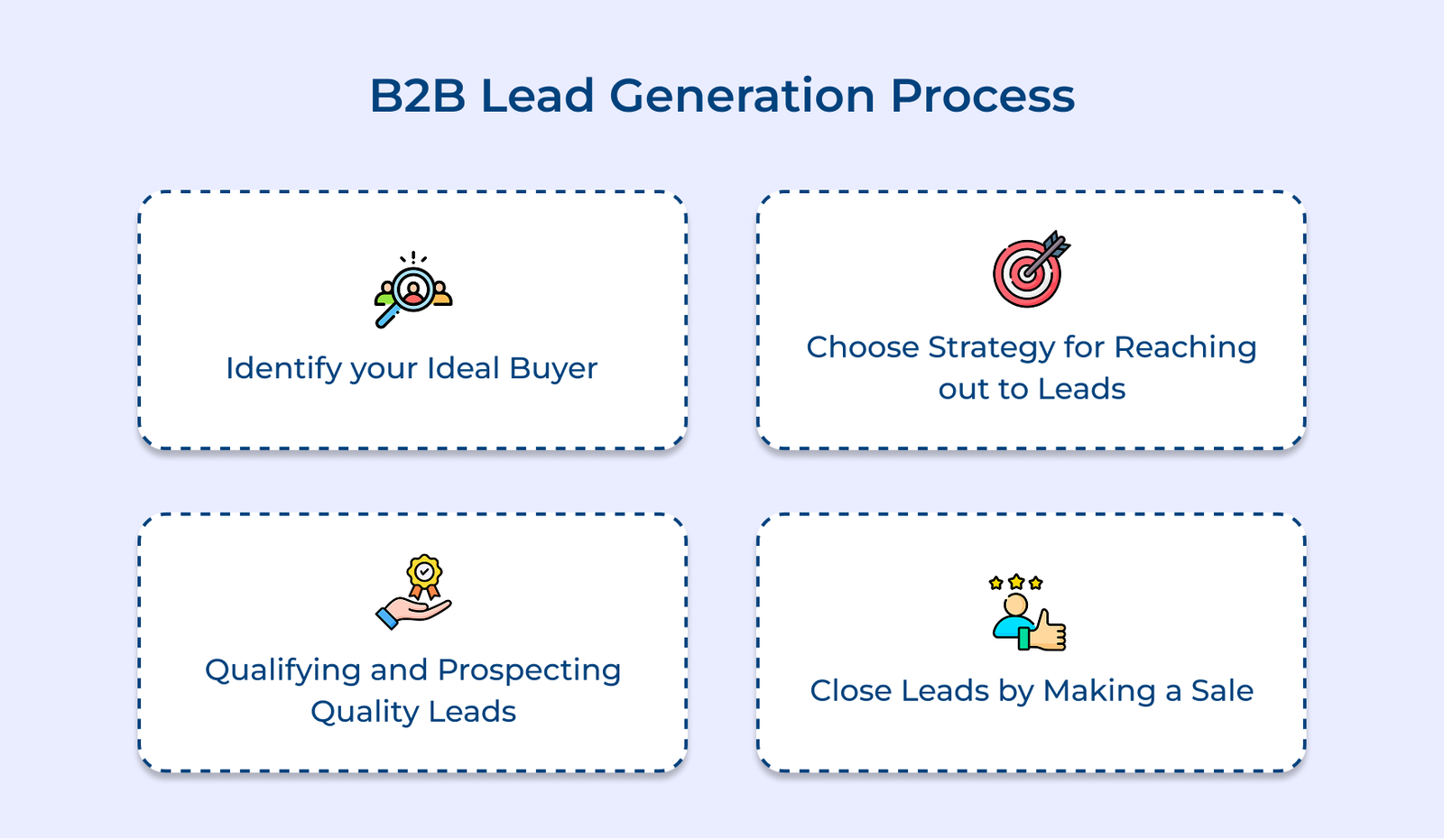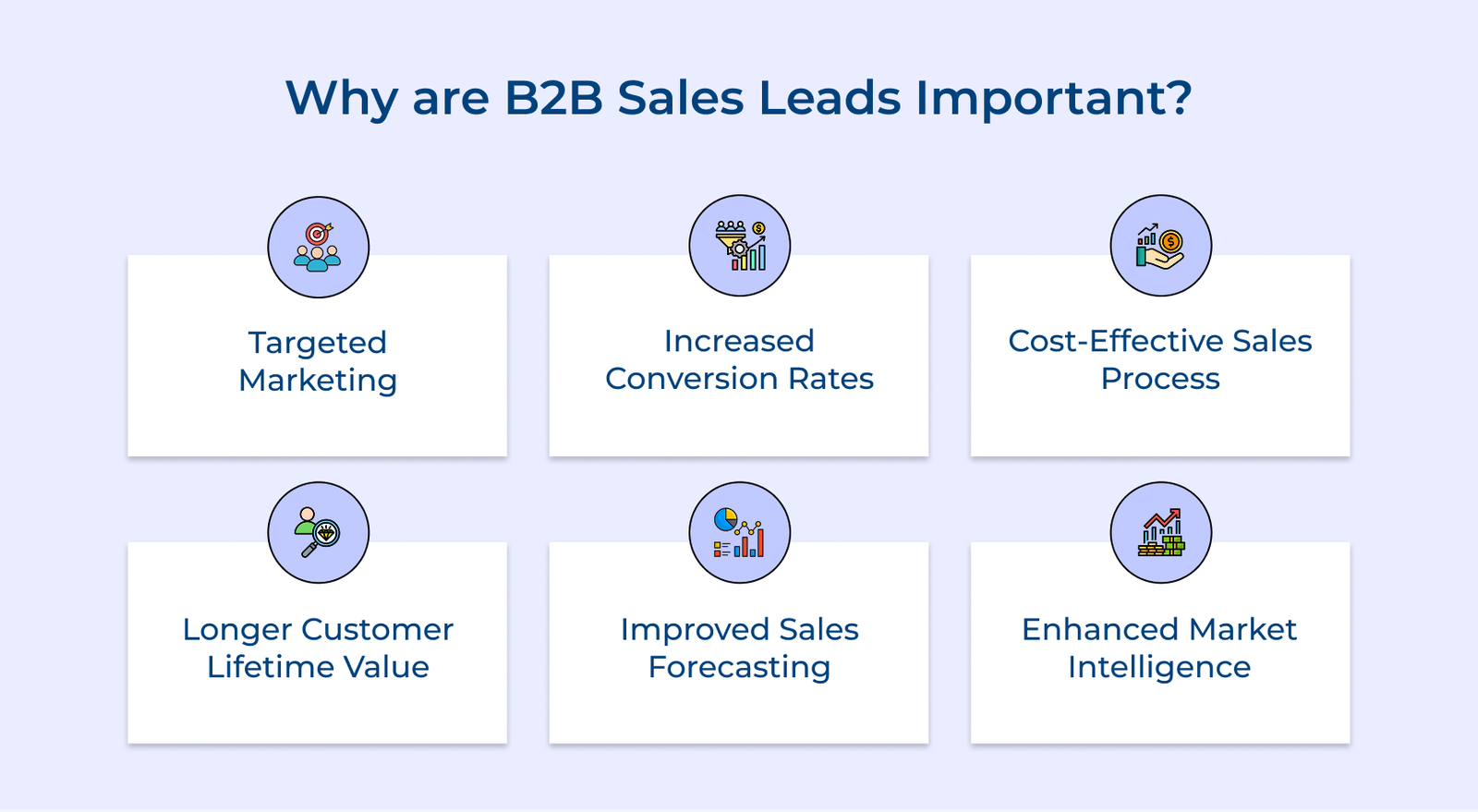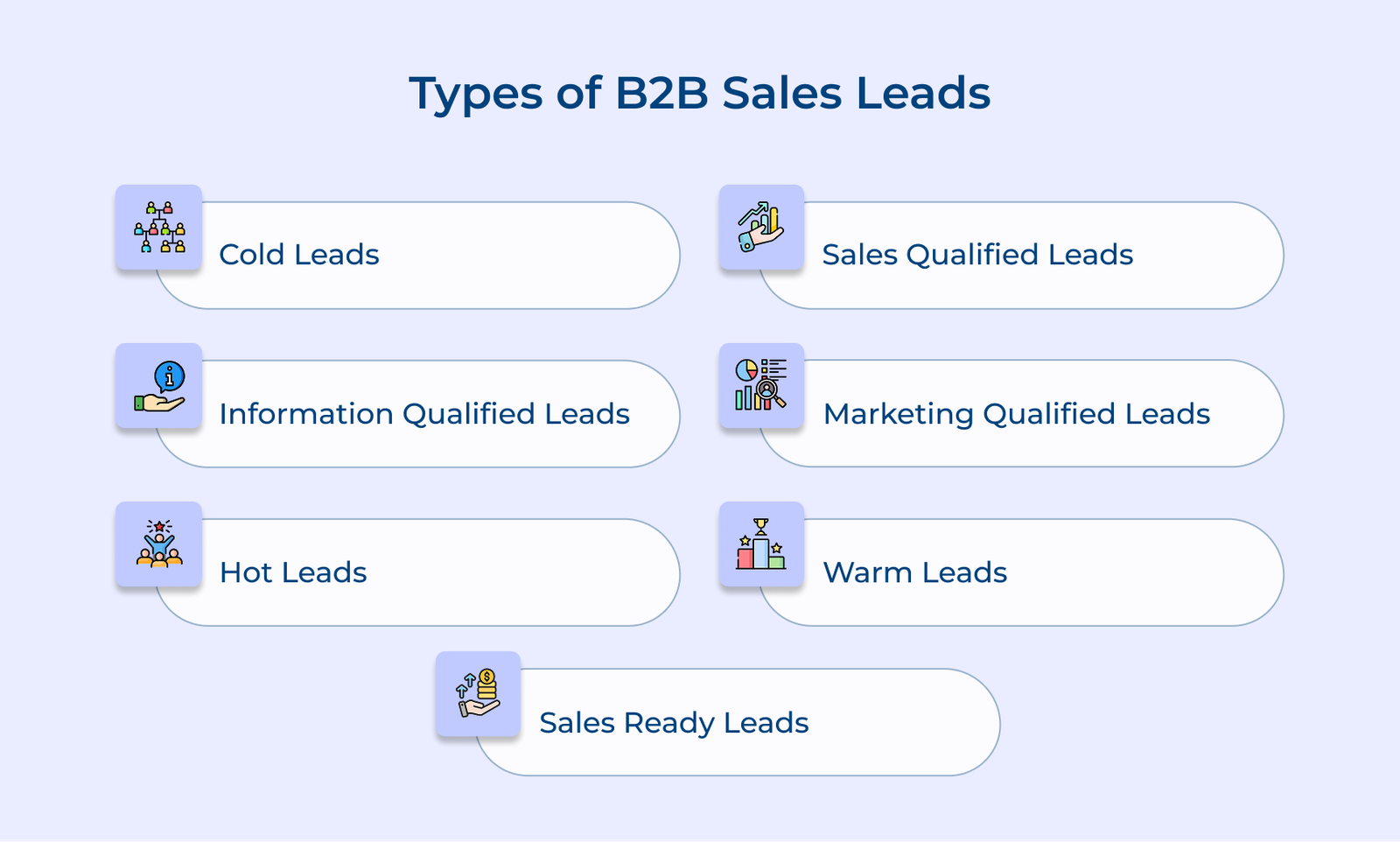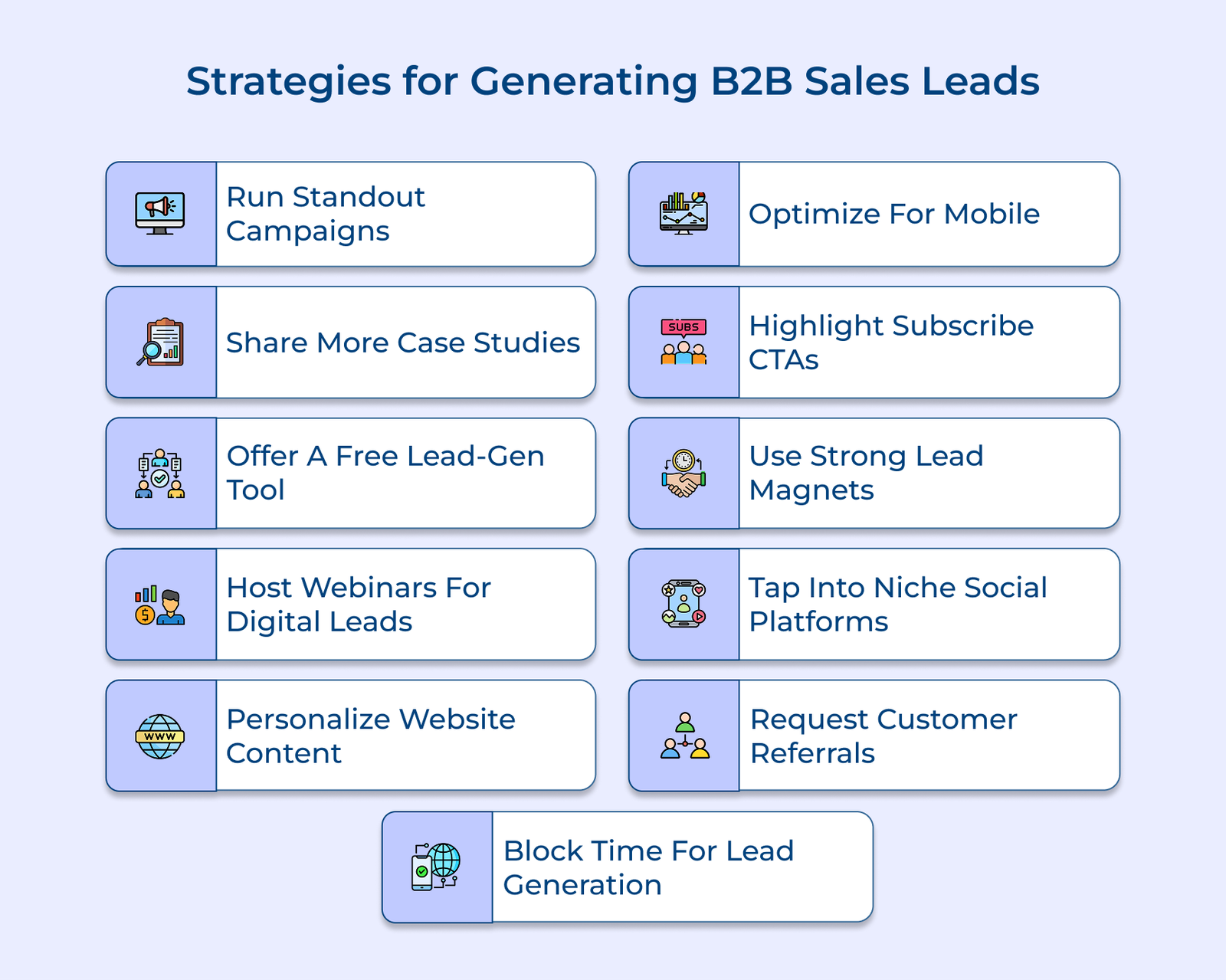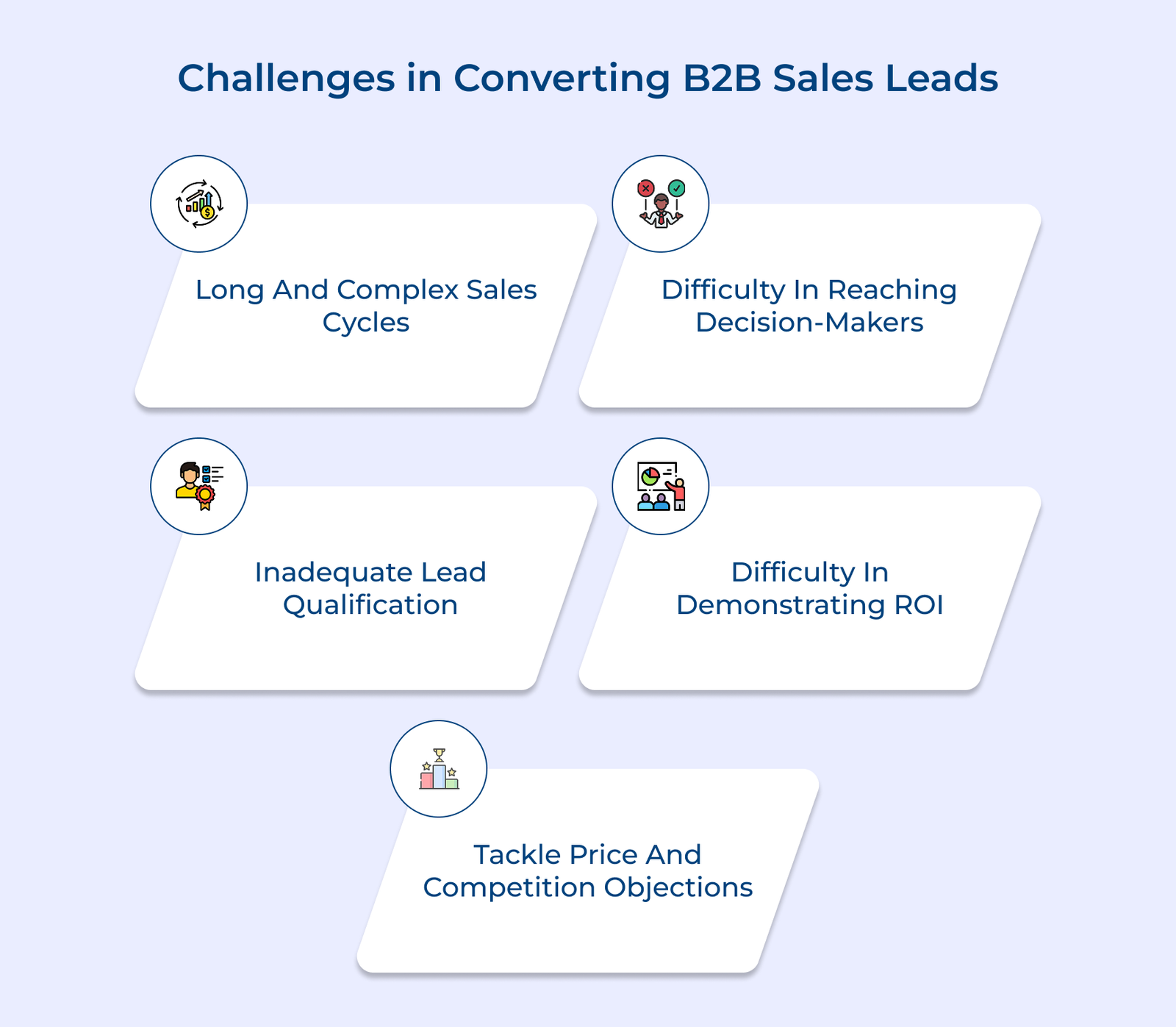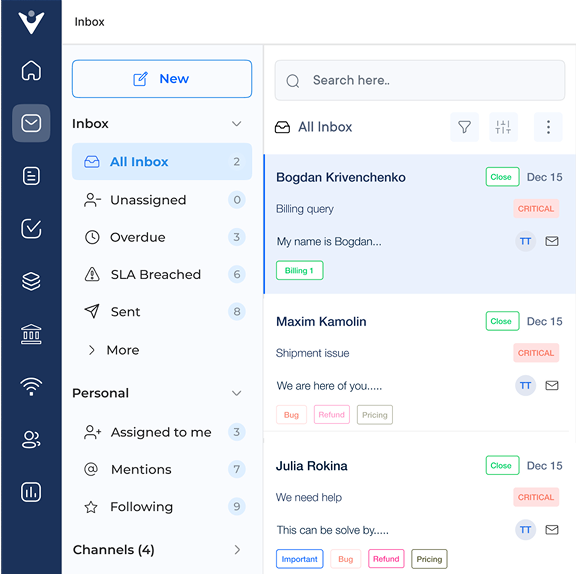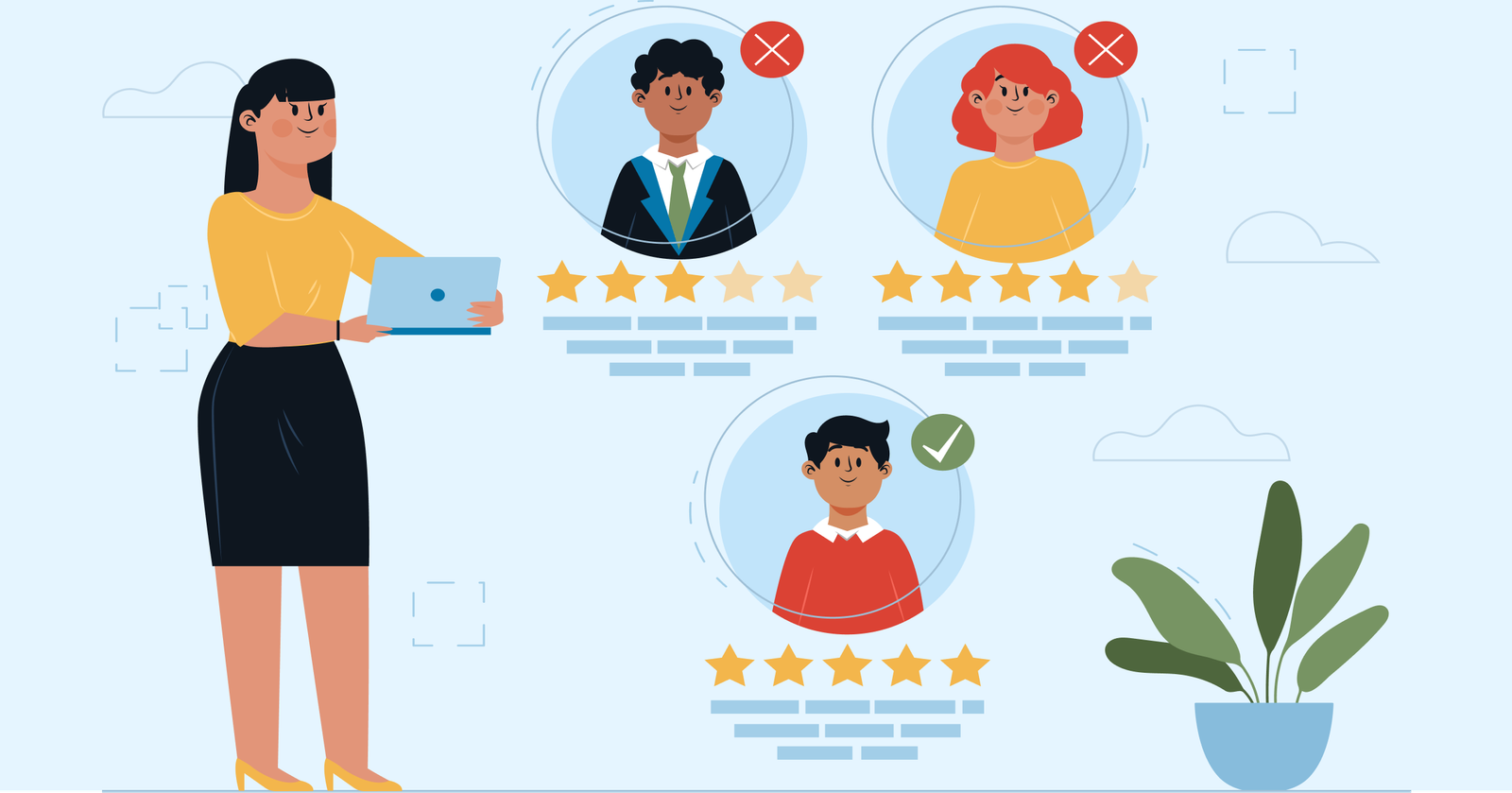1. Use Ongoing Content Campaigns That Outmatch Your Competition
A comprehensive content is essential for successful B2B lead generation strategy. The roadmap should outline your content goals, target audience, key topics and distribution channels, aligning with your business objectives, addressing your potential customer’s pain points throughout their buying journey.
Focus on consistently producing high-quality, relevant content that delivers real value to outshine your competition. It can include blog posts, whitepapers, e-books, infographics and videos. Utilize tools like SEMrush or Ahrefs to analyze competitor performance and identify gaps you can fill.
Best Practices:
- Conduct a quarterly content audit to identify your top-performing pieces and areas for improvement. Use the insights to refine your strategy and focus on topics that resonate with your audience.
- Implement a content calendar to ensure consistent production and distribution across all channels. The approach maintains a steady flow of valuable information, keeping your brand top-of-mind.
2. Promote More Case Studies
Highlight successful client outcomes by detailing the challenges they faced, the solutions you provided and the measurable results achieved. It not only demonstrates your expertise but also helps potential clients envision the benefits of your products or services.
Focus on specific problems solved and results delivered, using concrete metrics to illustrate your value. Present the information in various formats to cater to different preferences and boost engagement. Written case studies provide depth, while video testimonials add a personal touch, and infographics effectively summarize key points for quick consumption.
Best Practices:
- Create a dedicated section on your website for case studies, organized by industry or solution type, to make it easy for potential leads to find relevant examples.
- Repurpose case study content into bite-sized pieces for social media and email marketing to boost the visibility of the full case studies.
3. Search For A Free Tool To Generate B2b Sales Leads
Using free lead generation tools can be a cost-effective way to enhance your B2B efforts. Explore options like HubSpot’s free CRM, Google Analytics and LinkedIn Sales Navigator to track website visitors, manage contacts or identify potential leads without a hefty investment.
When evaluating tools, focus on their features and compatibility with your existing systems. Look for options that offer lead scoring, email integration and reporting capabilities. Once you choose a tool, integrate it into your workflow and test its effectiveness. Monitor key metrics like lead quality, conversion rates and ROI to assess its impact on your lead generation efforts.
Best Practices:
- Set up a trial period for 2-3 free tools at once and compare their performance to pinpoint the best fit for your needs.
- Once you’ve selected a tool, provide training for your team to ensure everyone understands its features and how it integrates into your lead generation process.
4. Host A Webinar To Attract Digital Leads
Webinars are a powerful way to engage B2B leads, providing an interactive platform to showcase your expertise and deliver value. Choose topics that address relevant pain points or industry trends that resonate with your target audience. Consider inviting industry experts or satisfied customers as guest speakers to enhance credibility and offer diverse insights.
Promote your webinars across multiple channels, including your email list, social media and website. Create landing pages with compelling value propositions and a simple registration process. After the webinar, promptly follow up with attendees by sending recordings, additional resources and personalized messages based on their engagement during the event.
Best Practices:
- Use interactive elements like polls, Q&A sessions and breakout rooms during webinars to gather valuable insights about your audience.
- Repurpose webinar content into blog posts, short video clips and social media updates to keep generating leads long after the live event.
5. Personalize Your Web Content Based On the Lead Personas
Develop detailed buyer personas that delve deeper than basic demographics, capturing their goals, challenges, preferred content types and decision-making processes. Use customer interviews, surveys and data analysis to build accurate personas. 96% of marketers say personalization is a key contributing factor to lead generation and sales efficiency.
Once you have your buyer personas, create tailored content for each. It can include industry-specific landing pages, personalized email campaigns or resources that address their unique pain points. Implement dynamic content on your website that adapts based on visitor characteristics or behavior, showcasing different case studies, CTAs or product recommendations based on their industry or prior interactions.
Best Practices:
- Use marketing automation tools to track user behavior and trigger personalized content experiences based on their actions.
- Regularly refresh your buyer personas with new data and insights to keep your personalization efforts relevant.
6. Ensure All Content Is Optimized For Mobile Users As Well
Optimization for mobile is essential with more B2B decision-makers accessing content on mobile devices. Implement responsive design across all your digital platforms, including your website, landing pages and email templates, to ensure your content is easily accessible on any device.
Focus on load times, readability and navigation on smaller screens. Prioritize mobile-friendly formats like short videos, infographics and concise blog posts that are easy to consume on the go. Consider creating mobile-specific content or apps to meet the unique needs of mobile users in your industry.
Best Practices:
- Utilize Google’s Mobile-Friendly Test tool to regularly assess your web pages and make adjustments to enhance mobile performance.
- Develop a mobile-first email newsletter that delivers bite-sized, actionable insights, optimized for quick consumption on smartphones.
7. Emphasize Leads To Click The Subscribe Button
Growing your subscriber base is essential for nurturing leads over time. Optimize the placement of subscribe buttons on your website to ensure they’re visible and easily accessible on every page. Consider using slide-in or exit-intent pop-ups to capture visitors’ attention at key moments.
Communicate the benefits of subscribing, such as exclusive content, early access to new resources or valuable industry insights. Use compelling calls-to-action (CTAs) that create urgency or emphasize the unique value of your subscription. A/B tests different CTA copies, colors and placements to boost conversion rates.
Best Practices:
- Create a lead magnet specifically for newsletter subscribers, such as an exclusive industry report or tool to incentivize sign-ups.
- Implement a multi-step subscription process that starts by asking for minimal information (like just an email) and then offers additional personalization options to boost initial conversions.
8. Create Strong Lead Magnets And Incentives
Create valuable downloadable resources that address specific pain points and provide actionable insights for your target audience. It could include e-books, whitepapers, templates or tools that help potential leads solve problems or enhance their business processes..
Offer exclusive content or tools available only to leads who share their contact information, such as early access to new features, industry-specific calculators or in-depth guides. Use time-limited offers to create urgency and prompt immediate action, like limited-time discounts, exclusive webinars or access to beta programs.
How to implement:
- Develop an interactive assessment tool that provides personalized recommendations based on user inputs, offering immediate value while capturing lead information.
- Establish a tiered lead magnet system where initial downloads grant access to more advanced resources, enhancing ongoing engagement and effective lead nurturing.
9. Use Alternative Social Media Platforms
While LinkedIn is a go-to for B2B marketing, exploring niche or industry-specific platforms can help you connect with targeted audiences. Research social media platforms and online communities popular in your industry, including specialized forums or professional networks.
Engage in networks beyond LinkedIn, such as GitHub for tech firms or Behance for creative industries. Participate in discussions, share valuable insights and build your brand presence in these communities. Experiment with emerging social media channels to stay ahead of the curve and reach new audiences before your competitors.
Best Practices:
- Identify and engage in the top three industry-specific online forums or communities. Focus on providing value and establishing thought leadership rather than promoting directly.
- Experiment with creating content for emerging platforms like TikTok or Clubhouse, adapting your B2B messaging to the new formats to reach younger decision-makers.
10. Ask For Referrals From Existing Customers
Create a formal referral program that clearly outlines the process for both the referrer and the potential clients. Communicate the benefits of the program to your existing customers and make participation easy.
Incentivize referrals with rewards like discounts, exclusive features or monetary compensation, ensuring compliance with industry regulations and ethical standards. Equip customers with tools and information for referrals, such as email templates, shareable content or a dedicated referral portal.
Pro Tips:
- Establish a tiered referral reward system that boosts benefits for customers who provide multiple successful referrals, encouraging ongoing participation.
- Form a “Customer Advisory Board” for top clients, offering exclusive insights and influence in exchange for their active involvement in your referral program.
11. Schedule Dedicated Lead Gathering Time Within Your Organization
Dedicate specific time for lead generation activities across your organization to ensure it remains a priority and doesn’t get overshadowed by other tasks. Set clear goals for lead gathering, such as the number of new leads, lead quality and conversion rates, to provide focus.
Regularly review and optimize your lead generation efforts based on performance data. Encourage collaboration between sales and marketing teams during the sessions to align efforts, leading to more effective strategies.
Best Practices:
- Implement a monthly “Lead Generation Hackathon” where cross-functional teams collaborate intensively for a full day on creative lead generation projects.
- Create a lead generation scorecard to track individual and team performance, gamifying the process to boost engagement.
Best B2B Sales Lead Generation Tools
Here are the best B2B lead generation tools that can significantly enhance your lead generation efforts:
1. Veemo Sales





